Asian Elephant
- January 31, 2024
- 0 comment
The Asian Elephant, scientifically known as Elephas maximus, is a captivating and iconic species native to the lush forests and grasslands of Asia. Often referred to as the ‘gentle giant,’ these majestic creatures are renowned for their large, sturdy frame, with males weighing between 4,500 to 6,800 kilograms and standing up to 3 meters tall at the shoulder. Their grayish-brown skin, adorned with patches of tough, wrinkled skin, is a distinctive feature.
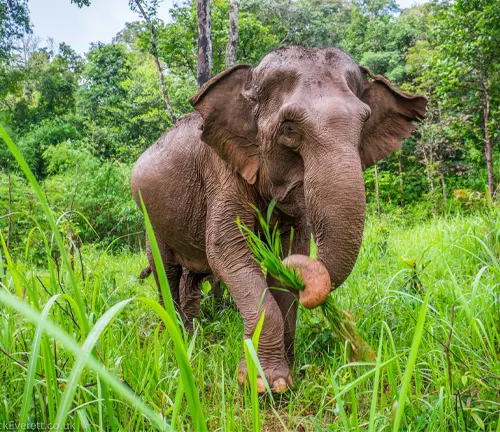
Asian Elephants are herbivores with an insatiable appetite for plants, consuming up to 150 kilograms of vegetation per day. They are highly social animals, living in tight-knit family groups led by a matriarch. Beyond their physical characteristics, these elephants play a crucial role in their ecosystems by dispersing seeds and shaping their habitats. However, they face various threats, including habitat loss, human-elephant conflicts, and poaching for their ivory tusks. Efforts are underway to protect and conserve these magnificent creatures, which hold significant cultural and religious significance in many Asian countries.
| Specifications | Description |
|---|---|
| Scientific Name | Elephas maximus |
| Common Name | Asian Elephant |
| Size (Male) | 4,500 to 6,800 kilograms (10,000 to 15,000 lbs) |
| Size (Female) | Slightly smaller than males |
| Height | Up to 3 meters (10 feet) at the shoulder |
| Skin Color | Grayish-brown with patches of tough, wrinkled skin |
| Diet | Herbivorous, consuming up to 150 kilograms (330 lbs) of vegetation daily |
| Social Structure | Highly social, living in family groups led by a matriarch |
| Habitat | Lush forests and grasslands of Asia |
| Range | Multiple Asian countries, including India, Sri Lanka, Thailand, Myanmar, etc. |
| Role in Ecosystem | Seed dispersal, habitat shaping |
| Threats | Habitat loss, human-elephant conflict, poaching for ivory |
| Conservation Status | Vulnerable (IUCN Red List) |
| Cultural Significance | Revered in Hinduism, featured in cultural festivals and processions |
Exploring the Majestic Asian Elephant: Nature’s Gentle Giant

The Asian Elephant, scientifically known as Elephas maximus, holds a special place in the hearts of nature enthusiasts and conservationists alike. These magnificent creatures have captivated our imagination for centuries with their sheer size, intelligence, and gentle demeanor. In this article, we embark on a journey to uncover the many facets of the Asian Elephant, from their natural habitat to their vital role in the ecosystem, conservation efforts, and their cultural significance.
Understanding the Asian Elephant
The Asian Elephant, often referred to as the ‘gentle giant,’ is one of the two existing species of elephants on our planet, with the other being the African Elephant. Let’s delve into what makes the Asian Elephant unique.
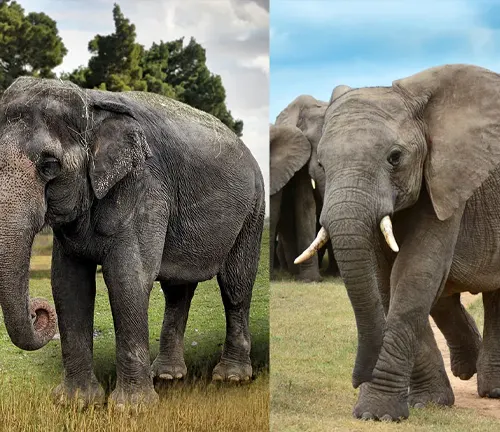
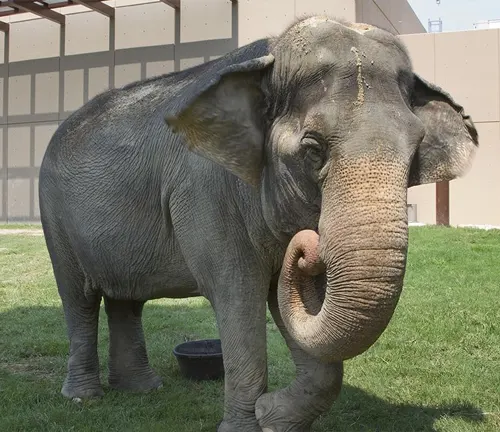
Physical Characteristics
Asian Elephants are recognized for their large, sturdy frame, with males weighing between 4,500 to 6,800 kilograms and standing up to 3 meters tall at the shoulder. Females, on the other hand, are slightly smaller. These majestic creatures boast a grayish-brown skin color with patches of tough, wrinkled skin.
Habitat and Distribution
Asian Elephants are primarily found in the lush forests and grasslands of Asia. Their range spans across multiple countries, including India, Sri Lanka, Thailand, Myanmar, and several others. It’s essential to understand their habitat to appreciate their conservation needs fully.
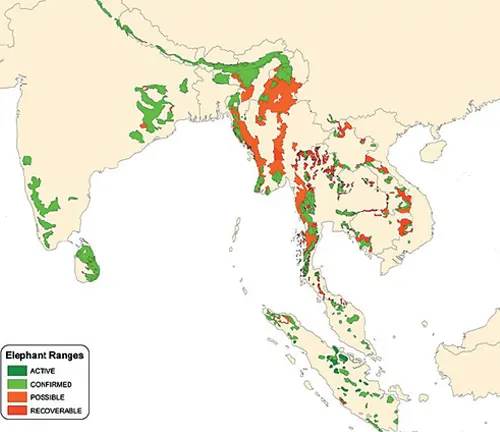
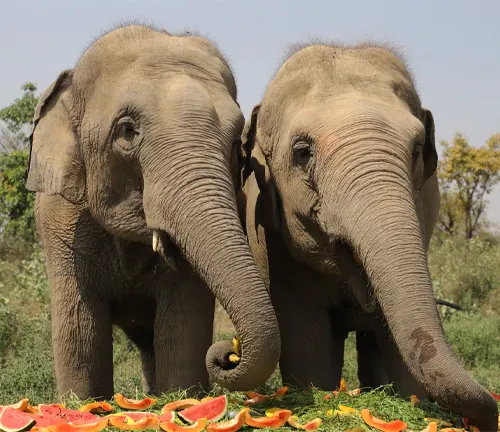
Diet and Behavior
These herbivores are known for their insatiable appetite for plants, consuming up to 150 kilograms of vegetation per day. Asian Elephants are also highly social animals, living in tight-knit family groups led by a matriarch.
The Role of Asian Elephants in Ecosystems
Seed Dispersal
One of the critical roles Asian Elephants play in their ecosystems is seed dispersal. As they graze on various plants, they inadvertently scatter seeds across vast areas, aiding in the regeneration of forests.

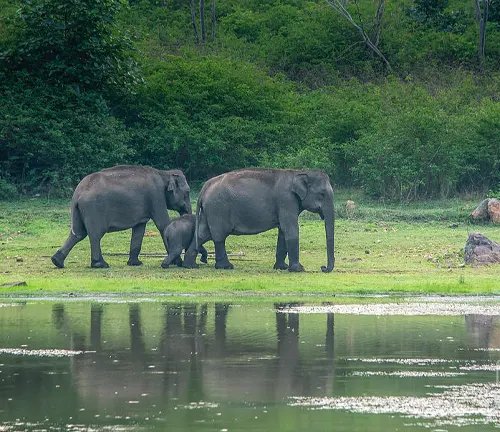
Habitat Shapers
Their foraging habits also lead to the creation of natural clearings in the forest, which benefits other species. These clearings become essential gathering spots for various animals and birds.
Conservation Efforts
Threats to Asian Elephants
Despite their vital role in the ecosystem, Asian Elephants face numerous threats, including habitat loss, human-elephant conflict, and poaching for their ivory tusks. These challenges make their conservation crucial.
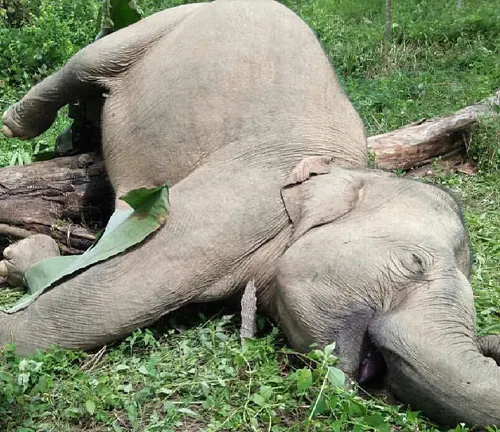
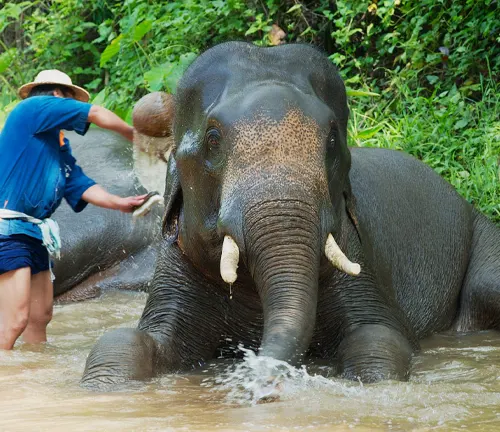
Conservation Initiatives
Various organizations and governments are working tirelessly to protect and conserve Asian Elephants. They focus on creating protected areas, implementing anti-poaching measures, and mitigating human-elephant conflicts.
Cultural Significance
In Religion and Mythology
Asian Elephants hold a special place in the cultural and religious beliefs of many Asian countries. In Hinduism, the elephant-headed god Ganesha is revered as the remover of obstacles and a symbol of wisdom.

In Festivals and Celebrations
In countries like Thailand and Sri Lanka, elephants play a significant role in cultural festivals and processions. These events showcase the deep-rooted connection between Asian people and these gentle giants.
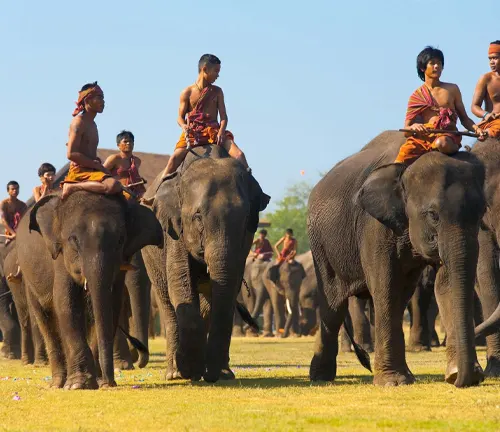
Different Species
Indian Elephant
(Elephas maximus indicus)
Found primarily in India, Sri Lanka, and parts of Southeast Asia, the Indian Elephant is one of the most well-known subspecies. It’s characterized by its relatively smaller size and distinctively shaped ears.
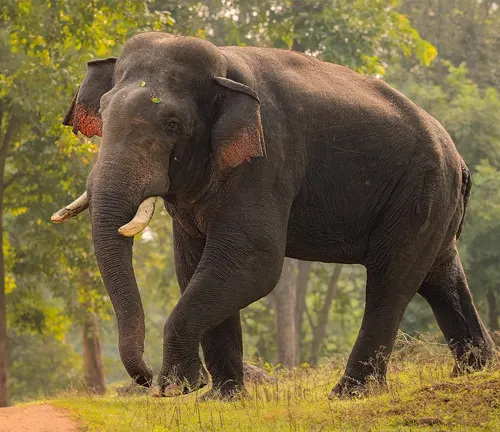
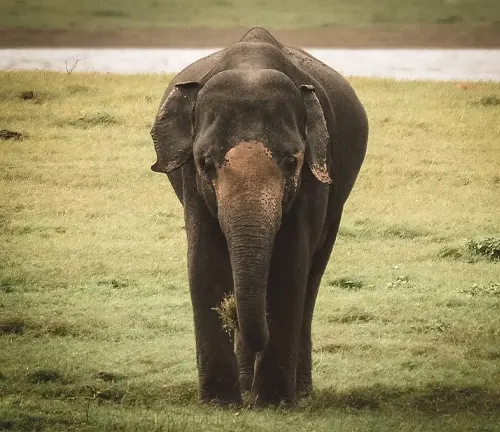
Sri Lankan Elephant
(Elephas maximus maximus)
Endemic to Sri Lanka, this subspecies is the largest among Asian Elephants. They have a broader body and larger ears compared to other subspecies.
Sumatran Elephant
(Elephas maximus sumatranus)
Native to the Indonesian island of Sumatra, these elephants are the smallest of the Asian subspecies. They are known for their relatively straight tusks and are critically endangered.
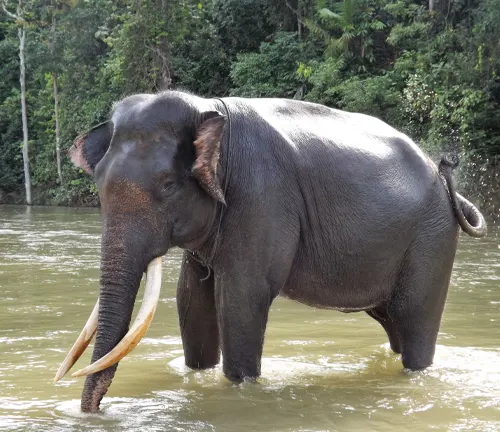
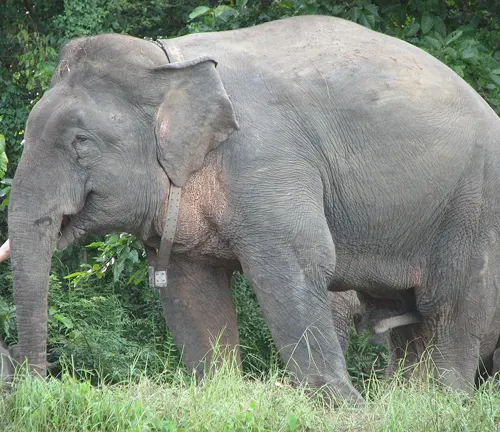
Borneo Elephant
(Elephas maximus borneensis)
Found on the island of Borneo, these elephants are the least studied of all the subspecies. They are smaller than the Indian Elephant and have a distinct genetic profile.
Malayan Elephant
(Elephas maximus hirsutus)
Inhabiting the Malay Peninsula and some parts of Thailand, these elephants are characterized by their hairy bodies, which sets them apart from other Asian Elephant subspecies.
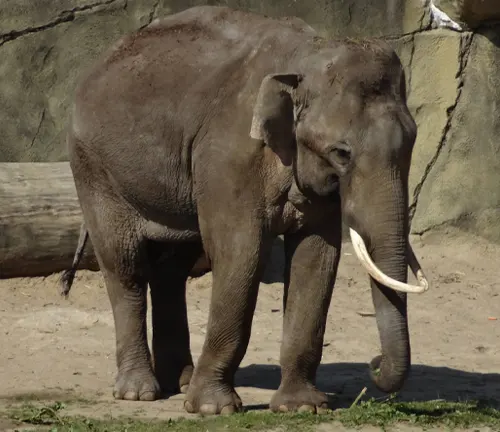
Frequently Asked Question (FAQs)
- What is the difference between Asian Elephants and African Elephants?
While both are distinct species, key differences include size, ear shape (African Elephants have larger ears), and the number of toenails (Asians have five, Africans have four). - Why are Asian Elephants important to their ecosystems?
Asian Elephants play a vital role in their ecosystems by dispersing seeds through their dung and shaping habitats by creating clearings, benefiting various other plant and animal species. - What are the main threats to Asian Elephants in the wild?
The main threats include habitat loss due to deforestation and urbanization, human-elephant conflicts, and illegal poaching for ivory and body parts. - How long do Asian Elephants live in the wild and in captivity?
In the wild, their lifespan is typically around 60 to 70 years, while in captivity, they may live slightly longer, often reaching 70 to 80 years. - What is the significance of the ivory tusks of Asian Elephants?
Asian Elephants, like African Elephants, have ivory tusks. These tusks have historically been targeted by poachers, leading to a decline in their populations. - How do Asian Elephants communicate with each other?
Asian Elephants communicate through a variety of vocalizations, body language, and infrasound (low-frequency sounds) that can travel over long distances. - Are there any conservation success stories related to Asian Elephants?
Yes, some conservation efforts have shown positive results in protecting Asian Elephants and their habitats. These include creating protected areas and implementing anti-poaching measures. - Can I volunteer or participate in Asian Elephant conservation projects?
Yes, many organizations and wildlife sanctuaries offer volunteer opportunities and conservation programs where you can contribute to Asian Elephant protection. - How can I learn more about Asian Elephants and their conservation?
You can educate yourself by reading books, watching documentaries, and visiting reputable wildlife sanctuaries and conservation centers dedicated to Asian Elephants. - What are the reproductive patterns of Asian Elephants?
Female Asian Elephants have a lengthy gestation period of about 22 months, and they typically give birth to a single calf. Calves are highly dependent on their mothers and stay with them for several years.



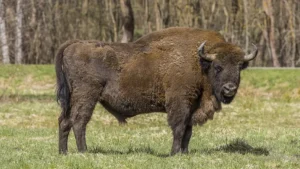


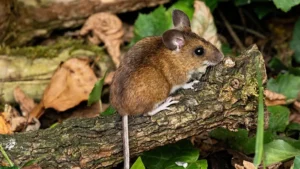

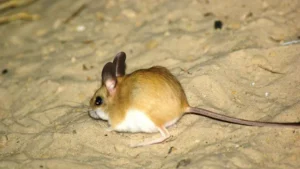

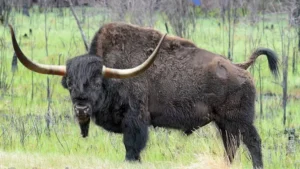



Leave your comment